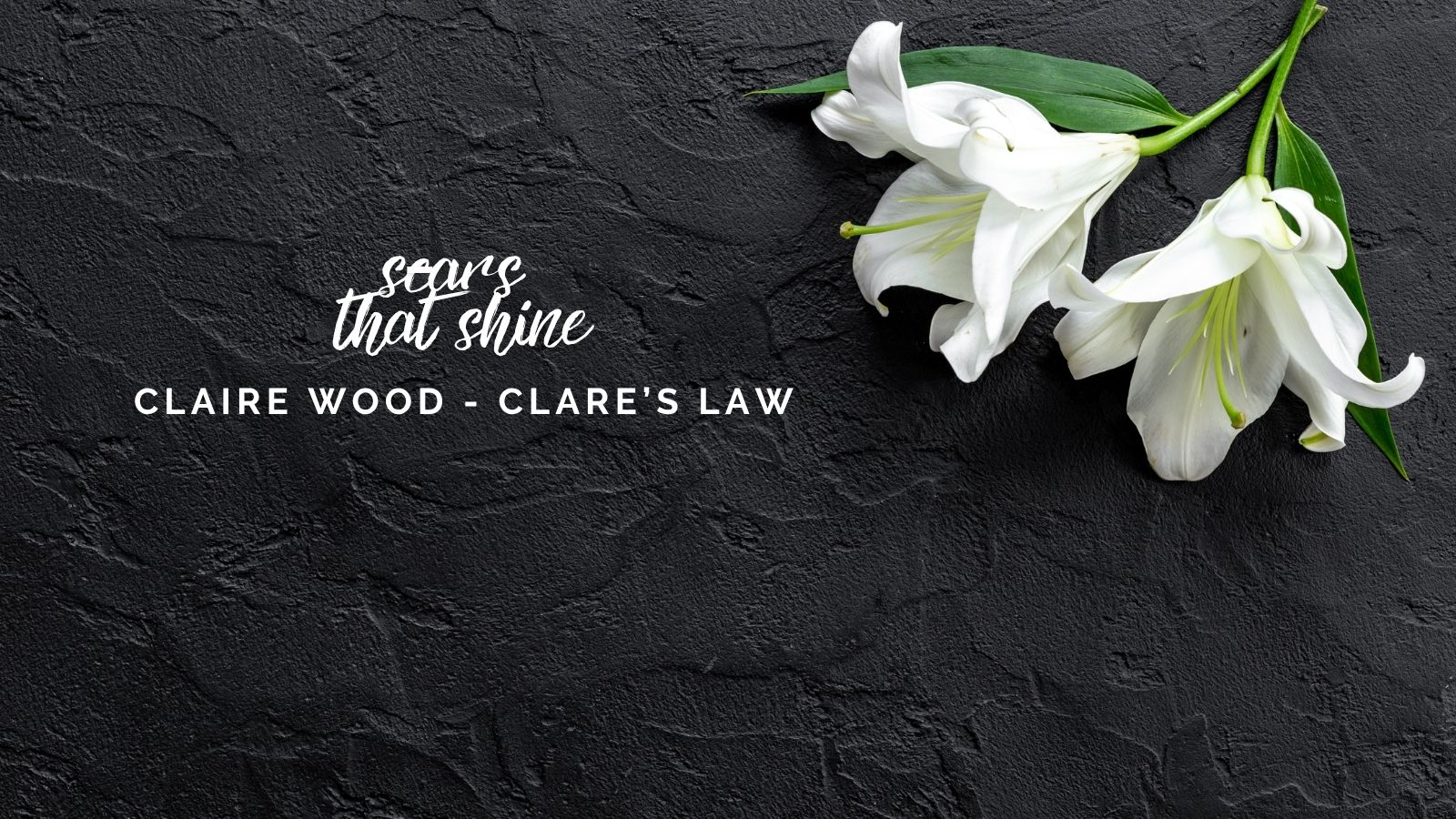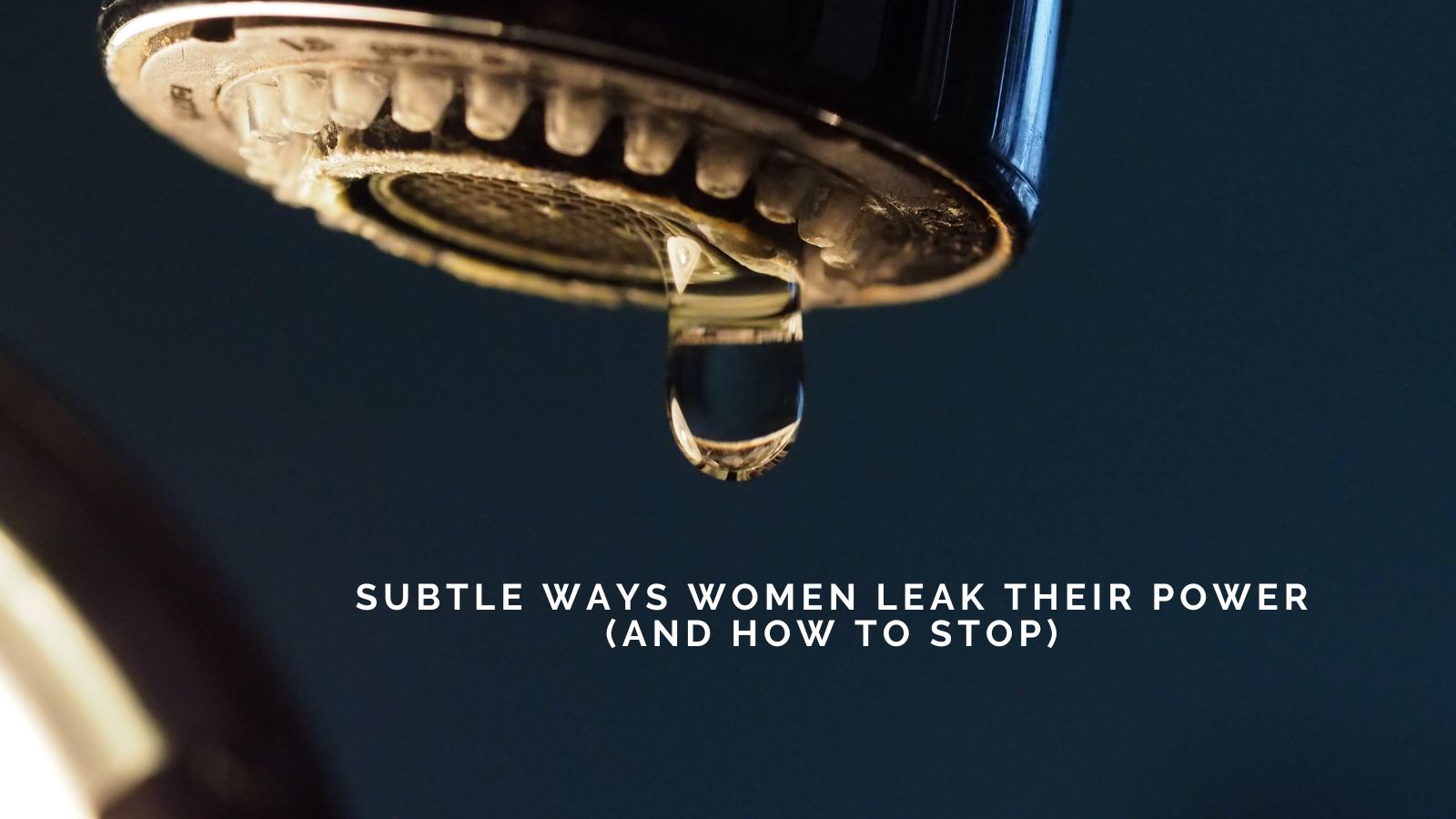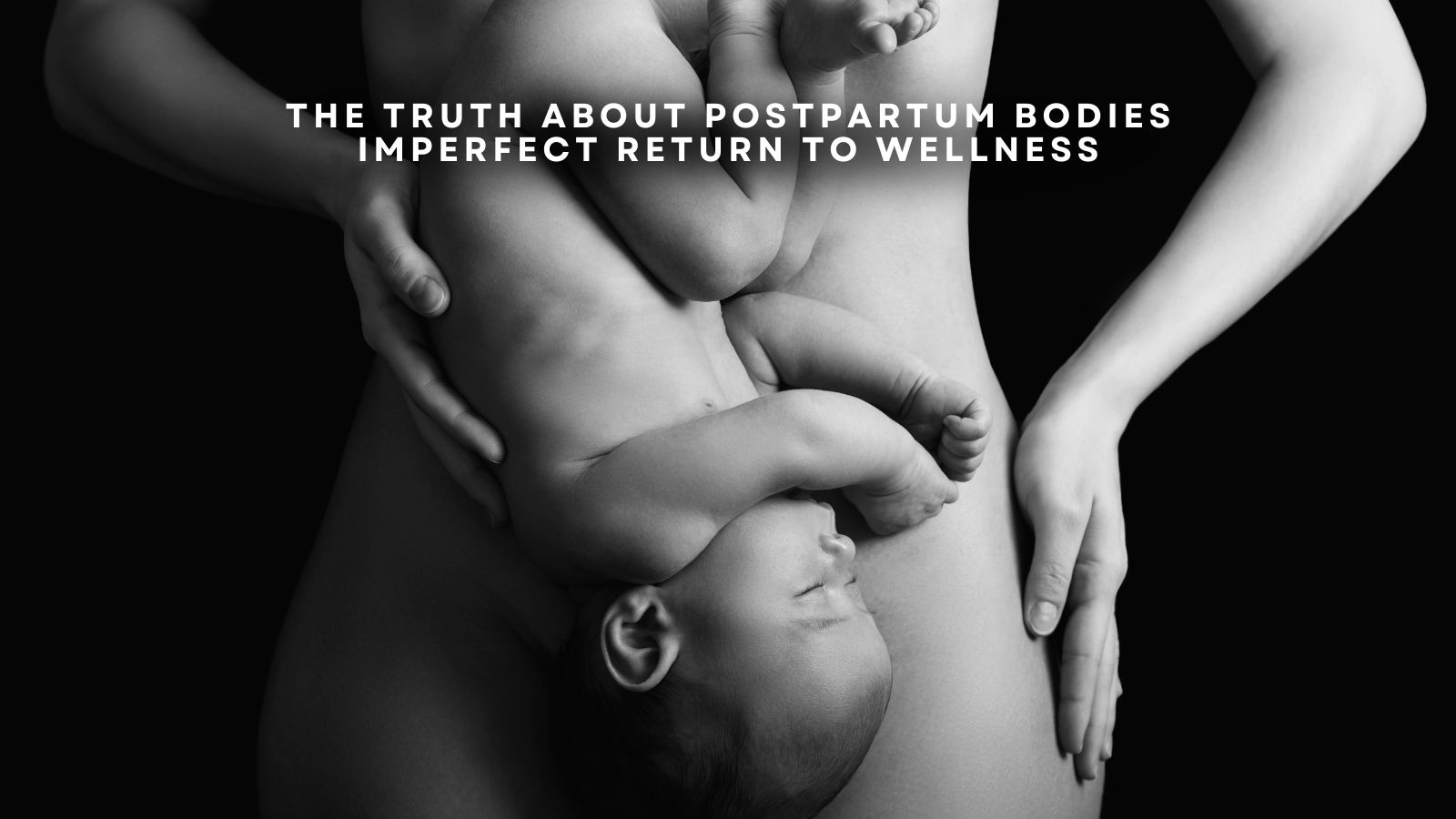
Clare’s Law is a legal measure designed to help protect individuals from domestic abuse by giving them the right to know if their partner has a history of violence or abusive behaviour. Known formally as the Domestic Violence Disclosure Scheme (DVDS), it has become a key part of domestic abuse prevention strategies in several countries.
How Clare’s Law Started
Clare’s Law is named after Clare Wood, a 36-year-old woman from Salford, Greater Manchester, who was murdered in 2009 by her ex-boyfriend, George Appleton. Clare had met Appleton through Facebook, unaware of his violent criminal history.
George Appleton had a known record of violence against women. He had previously served prison time for harassing, threatening, and kidnapping an ex-girlfriend. Despite his record, Clare was never informed. After months of harassment and threats, Appleton broke into Clare’s home, strangled her, and set her body on fire.
Following a police manhunt, Appleton was found six days later on on 24 February 2009. He had died by suicide in a derelict pub in Salford, ending any possibility of justice through the courts. His death left Clare’s family with unanswered questions—and spurred the call for change.
In the wake of her murder, Clare’s father, Michael Brown, began campaigning for a law that would allow people to know if their partners have a violent past. He believed Clare would still be alive if she had known the truth.
The scheme was first piloted in parts of England and Wales in 2012, including Greater Manchester, Wiltshire, Nottinghamshire and Gwent. After the success of the pilot programme, the UK Government rolled out Clare’s Law across England and Wales in March 2014.
Clare’s Law has two key elements:
Right to Ask: Individuals can request information from the police about whether their partner has a history of domestic abuse or violence.
Right to Know: Police can proactively disclose relevant information if they believe someone is at risk, even if no request has been made.
The purpose is to provide individuals with potentially life-saving information, allowing them to make informed choices about their relationships.
Why It Was Introduced
Clare’s Law was introduced to address a gap in how domestic violence risk was communicated. Before the scheme, individuals could unknowingly enter relationships with partners who had a proven history of abuse. The law seeks to prevent harm by providing a formal process for sharing information that might previously have been withheld due to privacy laws.
By creating a balance between the right to privacy and the right to safety, Clare’s Law allows the police to share information when they believe it is necessary to protect someone from harm.
Countries That Have Adopted Clare’s Law
Following its implementation in England and Wales, similar versions of Clare’s Law have been introduced in other parts of the world:
Scotland launched its own version of Clare’s Law in 2016, under the same name.
Northern Ireland followed with a similar scheme, also rolled out in 2018.
Australia has piloted versions of the scheme in certain states. South Australia introduced a Domestic Violence Disclosure Scheme in 2018. Other states, such as New South Wales and Queensland, have also explored similar models.
Canada has seen calls for a national version of Clare’s Law. In 2019, Saskatchewan became the first province to introduce a domestic violence disclosure programme inspired by Clare’s Law. Other provinces are observing its implementation and considering adoption.
New Zealand has proposed a similar disclosure scheme as part of broader domestic violence reforms.
While Clare’s Law provides a useful tool, it is not without challenges. Critics argue that it places the responsibility of protection on potential victims, rather than addressing systemic issues in how society handles domestic abuse. There are also concerns about how effectively disclosures are managed, and whether those at risk feel empowered to act on the information.
Since its launch, Clare’s Law has helped thousands of people make informed decisions about their relationships. According to UK Home Office data:
In the first five years after its national rollout in England and Wales, over 8,500 disclosures were made under Clare’s Law.
The number of applications and disclosures has steadily increased each year, suggesting growing awareness and trust in the system.
Many women have used the scheme to leave potentially dangerous relationships. Domestic abuse charities have praised it as an important early intervention tool, especially when combined with safety planning and support services.
However, not everyone who receives a disclosure is able—or ready—to leave the relationship. Critics point out that while Clare’s Law offers vital information, it must be part of a broader strategy that includes housing support, legal protection, and financial assistance for those fleeing abuse.
There have also been calls to improve public awareness, as many people still don’t know the law exists or how to use it. In response, police forces and advocacy organisations continue to promote the scheme through campaigns and partnerships.
Despite these concerns, Clare’s Law has become an important part of the wider effort to tackle domestic abuse. It recognises that information can be a form of protection—and that the right to know can sometimes mean the difference between life and death.
Clare’s Law is a powerful example of policy shaped by lived experience. It highlights how laws can evolve in response to tragedy and public advocacy. As more countries assess their domestic abuse frameworks, Clare’s Law stands as a model for how transparency can support prevention, protection and, ultimately, empowerment.
















